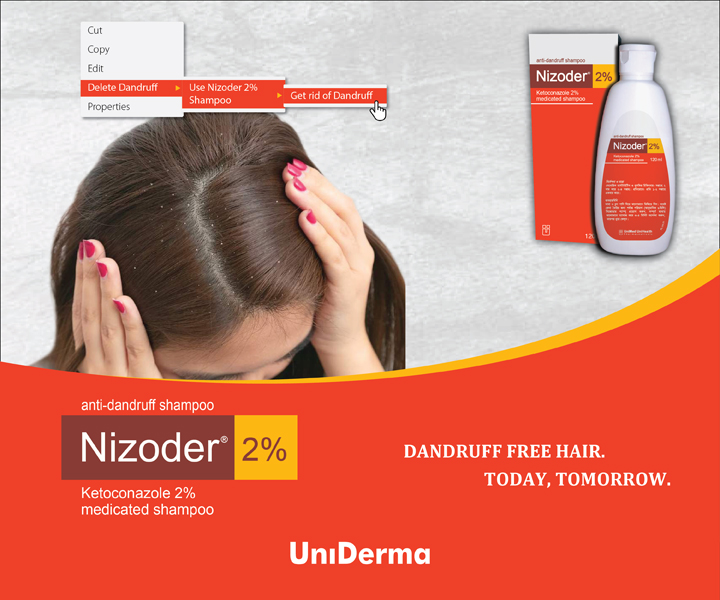Treatment of Seborrheic Dermatitis
American Family Physician (AFP) Journal: Published: Feb 1, 2015
KEY RECOMMENDATIONS FOR PRACTICE
Topical antifungal agents are the first-line therapy for acute and long-term treatment of seborrheic dermatitis of the face and body.
Antifungal shampoos (long-term) and topical corticosteroids (short-term) can be used as second-line agents for treatment of scalp seborrheic dermatitis.
Topical corticosteroids are effective in treating seborrheic dermatitis and should be used only for short durations to avoid adverse effects.
Topical calcineurin inhibitors are effective, well-tolerated second-line treatments for seborrheic dermatitis, but they are not approved by the U.S. Food and Drug Administration for this use.
Treatment of Seborrheic Dermatitis
The treatment of infantile seborrheic dermatitis consists primarily of emollients that help loosen scales (e.g., mineral or olive oil, petroleum jelly). Scales can then be removed by rubbing with a cloth or infant hair brush.
One study showed that ketoconazole 1% to 2% cream is effective and seems to be safe when used twice daily for two weeks.
There are no shampoos that have been approved by the U.S. Food and Drug Administration for treatment of seborrheic dermatitis in children younger than two years.
Treatment of seborrheic dermatitis in adolescents is identical to that in adults; the primary goals are to lessen the visible signs of the condition and to reduce pruritus and erythema.
Treatment includes over-the-counter shampoos and topical antifungals, calcineurin inhibitors, and corticosteroids. Because seborrheic dermatitis is a chronic condition, ongoing maintenance therapy is often necessary.
Seborrheic dermatitis of the Scalp
For mild seborrheic dermatitis of the scalp, over-the-counter dandruff shampoos containing selenium sulfide, zinc pyrithione, or coal tar can control symptoms.
For long-term control, antifungal shampoos containing ketoconazole 2% or ciclopirox 1% can be used daily or at least two or three times per week for several weeks, until remission is achieved.
Once-weekly use of these medicated shampoos can prevent relapse. These shampoos should remain on the hair for at least five minutes to guarantee adequate exposure to the scalp.
Depending on the severity of scalp inflammation, topical corticosteroids can be beneficial, but long-term use is associated with adverse effects and can be expensive.
For moderate to severe cases, clobetasol 0.05% shampoo twice weekly alternating with ketoconazole 2% shampoo twice weekly can reduce acute symptoms more quickly and maintain control longer after discontinuing use, compared with ketoconazole alone.
A study of the long-term use of ketoconazole shampoo for maintenance therapy also showed no degradation in effectiveness over time.
Seborrheic dermatitis of the Face & Body
The mainstays of treatment for facial seborrheic dermatitis are topical antifungals, corticosteroids, and calcineurin inhibitors. Ketoconazole 2% is as effective as hydrocortisone 1% cream.
Ketoconazole 2% gel significantly reduced symptoms of erythema, pruritus, and scaling compared with vehicle alone.
Ciclopirox appears to be better tolerated and more effective than ketoconazole 2% gel. Ciclopirox 1% cream was shown in a randomized, double-blinded trial to greatly reduce symptoms when used as a maintenance medication.
In light of their effectiveness, low adverse effect profile, and reasonable cost, topical antifungals are the preferred agents for acute and long-term treatment of seborrheic dermatitis of the face and body.
Low- or mid-potency topical corticosteroids have been successful in reducing symptoms of seborrheic dermatitis and are as effective as antifungal and other anti-inflammatory agents.
Pimecrolimus 1% cream provides longer-lasting symptom relief than betamethasone valerate 0.1% cream. Tacrolimus 0.1% ointment may improve symptoms as well as hydrocortisone cream.
Although pimecrolimus and tacrolimus received a warning from the U.S. Food and Drug Administration because of concerns about a possible association with lymphoma and skin cancer, there is insufficient evidence to support this claim.






Comments
You must login to write comment